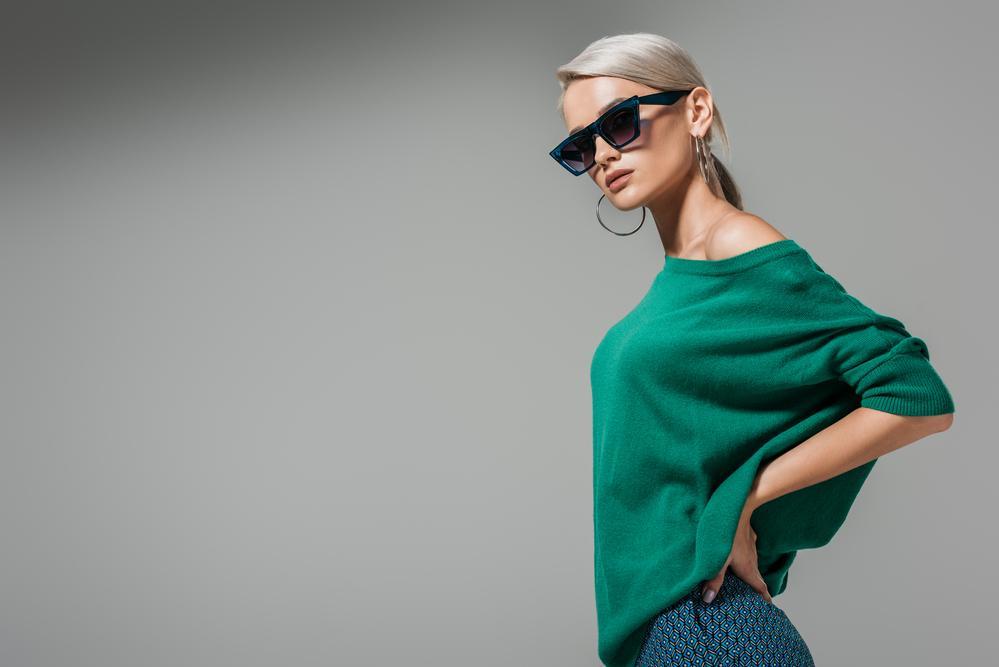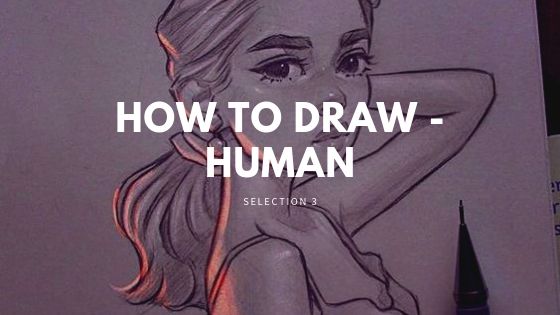
The high fashion and photography world is fascinating, providing individuals with the opportunity to express themselves and exhibit their finest attributes. It’s no surprise that many aspire to pursue a modeling career. Nonetheless, despite its apparent simplicity, it demands significant effort and self-development.
If you’re ready to embark on this path, this article is for you. It offers practical guidance on starting a career, shares insights from well-known models, and suggests a few poses you can master.
4 tips for becoming a high fashion model
Modeling is a way of life. Professionals in this industry are required to take care of their health, nutrition, and well-being around the clock, demanding full dedication. But in return, they can anticipate the rewards of heightened public attention and lucrative salaries.
FAQ: How can you start fashion modeling?
The first step is to explore the career paths of other models. This can help you figure out your next moves. Also, it’s better to decide your future specialization early on. For example, you may choose runway, fitness, plus-size modeling, etc.
To understand where to start in this career, get acquitted with these basic tips:
- Take care of how you look. Models must always appear well-groomed, as their looks are a crucial factor. For example, in stock model photos, you can notice girls with clean skin, tidy hair, and minimal makeup. This is essential for ensuring such pictures can suit various styles. In high fashion, the standards are even stricter. Clients may insist on models having particular body shapes, weights, or unique visual features. While some traits are innate,…others—like healthy, shiny hair—require proper care. Many turn to specialized products, such as Spoild, to explore whether ingredients like banana oil can support hair growth and overall hair health. You can find yourself needing to manage most factors throughout your career.
- Work on essential modeling skills. This career is often seen as something frivolous, but in truth, it demands a great deal of effort. For example, certain personality types may find it challenging to excel in this field as it involves honing communication skills and overcoming shyness. First and foremost, you need to grasp the inner workings of the fashion industry, such as understanding client demands, knowing where to find opportunities, and building valuable connections. Other essential skills to master include body control, posing, self-assurance, outfit coordination, and more.
- Build your portfolio. For models, especially beginners, it’s crucial to have examples of their work in various styles. To start, take photos of yourself and share them online. To find suitable looks, you can use fashion model sketches from aspiring designers and try to bring them to life. You can also create your own website to showcase achievements, demonstrate photos, and seek collaboration.
- Develop your online presence. Success and recognition requires effort; establishing a strong digital footprint can significantly contribute to achieving your goals. Consistently engage with your audience on social media platforms, share behind-the-scenes content, and actively participate in relevant online communities to expand your reach and visibility within the industry.
It’s also crucial to stay up-to-date with industry news and trends. One easy way to do this is by keeping an eye on fashion model weeks. These are pivotal industry events where designers unveil their latest works. Fashion weeks happen at different times throughout the year and in various cities, with the most notable ones occurring in New York, Paris, Milan, and London.

FAQ: What qualifications do you need to be a fashion model?
This profession doesn’t require specific qualifications. However, soft skills, such as teamwork, listening to photographers, and patience, are of paramount importance. It’s also crucial to enhance your physical skills like coordination and grace. Instead of enrolling in a university, you can apply to a modeling agency. To gain theoretical knowledge, read specialized resources, e.g., the British Fashion Model Agents Association, where you can find information on professional standards, different fashion roles, and skills development.
3 success stories of female fashion models
There is no need to idolize anyone in modeling, but you can draw inspiration from the stories of others. Let’s look at how famous individuals’ careers have unfolded.
Iman

The story of Iman Mohamed Abdulmajid, an American top model with Somali roots, is truly remarkable. Iman was just an ordinary girl until 1975 when, during her studies at a university in Nairobi, she was discovered by photographer Peter Beard.
Following this, she moved to America and a year later, graced the cover of Vogue. Iman achieved success thanks to her unconventional appearance; with her long neck and slim frame, she challenged the beauty standards of the modeling industry at that time. Although Iman has already retired from her career, she served as a muse for many renowned designers such as Gianni Versace, Thierry Mugler, Calvin Klein, Donna Karan, and Yves Saint Laurent.
Kate Moss

British supermodel and actress Kate Moss became an icon of the fashion industry in the 1990s. At the beginning of the 2000s, she was considered the highest-paid model. Her journey began at 14 when she caught the eye of the director of the London modeling agency Storm at Kennedy Airport in New York. Kate Moss started collaborating with Calvin Klein and debuted on the Face magazine cover.
The model stood out for her androgynous appearance, which sparked the “heroin chic” trend. Thanks to this unique look, Kate achieved significant success. She also graced the runways for major fashion houses like Chanel, Versace, Dolce & Gabbana, and Alexander McQueen. In 2007, Time magazine named her one of the world’s most influential people. In 2008, a statue of Kate Moss made of 18-carat gold was created for an exhibition at the British Museum.
Liu Wen

Liu Wen’s story shatters all stereotypes about the modeling world, as she became the first Asian supermodel and made it onto Forbes’ list of highest-paid models. In 2005, at just 17 years old, she competed in the New Silk Road World Model Contest but didn’t win. However, this garnered attention from modeling agencies, and Liu Wen began her runway career. By 2007, she caught the attention of German designer Karl Otto Lagerfeld. The following year, she moved to Paris and made her international runway debut at the high fashion week, walking for British clothing manufacturer Burberry. In 2009, Liu Wen became the first Asian model to participate in the Victoria’s Secret Fashion Show. Today, she is the most popular model in Asia.
FAQ: How much do fashion models earn?
Your fashion model salary is directly influenced by your skills and experience. It can also be dependable on the country you’re based in. For example, the average annual salary for models in the USA is about $97,000.
Why is posing a necessary skill for a high fashion model?
Model poses aren’t just about standing in front of the camera. They involve storytelling, expressing emotions, and setting a mood. A great pose can enhance a model’s features, showcase their outfit, and elevate the overall aesthetic of the photograph.
If you’re serious about pursuing modeling, work on your posing skills constantly. Here are a few options you can practice and perfect.
S-curve pose
The S-shape is one of the most popular poses in modeling, especially among women. It helps accentuate your natural curves and adds a relaxed vibe to your look.
To practice this pose, follow these steps:
- Stand with one foot slightly in front of the other.
- Shift your weight to the back leg.
- Gently curve your body in an “S” shape, from your shoulders down to your hips. One shoulder can be slightly lower than the other.
- Extend one arm up or to the side, while the other can rest gently on your hip or be positioned naturally by your side.
The three-quarter turn
This pose is commonly used when a photographer needs to simultaneously emphasize facial features and showcase clothing. Furthermore, it appears natural, which captivates the viewer’s gaze.
Here’s how you can strike such a pose:
- Stand at a slight angle to the camera, not directly facing it.
- Turn your torso slightly towards the camera, showcasing your profile. Your head can be turned a little further or stay closer to facing forward, depending on the desired effect.
- Locate one of your feet slightly in front of the other to add dimension.
The dynamic movement
The dynamic movement pose injects energy and drama into a fashion photograph. That’s why it’s widely used in images of young people or sportswear. The pose can also be adapted to different situations.
Here’s how to try it:
- Stand tall with your shoulders back and your core engaged.
- Decide on the direction you want to move.
- Shift your weight onto one leg while slightly bending the knee.
- Try different types of movement like walking or turning.
- Keep your movements smooth and controlled.

FAQ: How can you become a model with no experience?
To kickstart your modeling career, participate in volunteer projects to gain initial experience. Afterward, reaching out to a modeling agency is a good step, as they can provide guidance and support in the early stages. Another option is to work as a freelance contractor, although this may require industry connections, which can be difficult for newcomers to establish.
Wrapping up
Becoming a model isn’t as easy as it might appear. You need to know how to take care of yourself, open up to strangers, and build beneficial connections to succeed. You can start your career by applying to a specialized modeling agency, which will support you in the early stages.
- 9shares
- Facebook0
- Pinterest6
- Twitter3
- Reddit0



